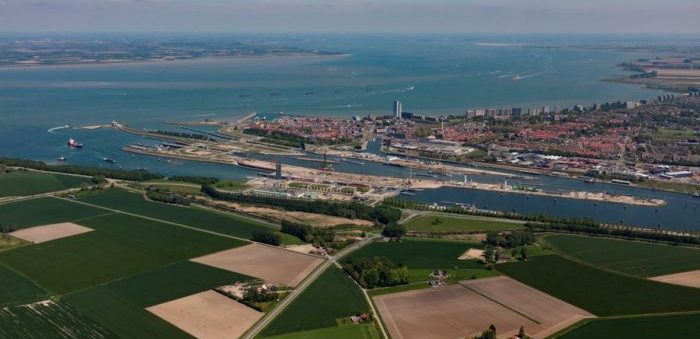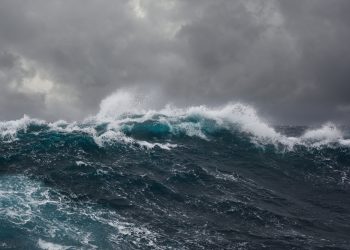North Sea Port collaborates with Dutch Rijkswaterstaat and the Flemish and Dutch pilotage, to trial lockage planning on Wednesday, September 18, until December 31, 2019. The aim of this collaboration is to improve the lock planning and achieve better sustainability in shipping.
According to the North Sea Port, during the trial period the scheduled services operating in the Ghent-Terneuzen Canal will get their lockages rapidly, according to their sailing schedules, so that the stakeholders can measure the feasibility and impact forward planning for sea-going vessels with a high and often planned frequency.
[smlsubform prepend=”GET THE SAFETY4SEA IN YOUR INBOX!” showname=false emailtxt=”” emailholder=”Enter your email address” showsubmit=true submittxt=”Submit” jsthanks=false thankyou=”Thank you for subscribing to our mailing list”]
The rest of the sea and inland vessels will follow the existing methods and agreements. This project is in line with North Sea Port’s plan on making the lock passage a central link in the nautical chain more reliable by planning lockages at Terneuzen earlier.
As CEO Daan Schalck stated
The increase in the number of ships and the increase of scale during the past ten years make it increasingly challenging to set up a lock planning in connection with logistics chains and production units in the port.
He continued that during 2018, about 10,000 sea-going vessels passed the lock; From these, 1,250 vessels as scheduled services will take part in the test, and this makes it one in 8 sea-going vessels. ‘Since the beginning of May 2019, the lock complex has had to deal with restricted use of the Middensluis because of the construction of the Nieuwe Sluis. In the beginning of 2022, in the last straight line of the construction works, the Middensluis will even be closed completely’ Mr Schalck added.
The project aims to improve the planning horizon of the port user, as just-in-time project, improve the nautical chain by making it more reliable and make the start-up routes of the shipping services more economical and sustainable.
During the test period the methodology will be continuously evaluated and adjusted if required. At the end of the test and based on the final results, it will be decided whether to use the new methodology, or to extend the test or to extend the test to include non-line vessels.





























































